Centro Cultural Alemán en Corea (주한독일문화원)
8.7Km 2021-03-18
Sowol-ro 132, Yongsan-gu, Seúl.
El Centro Cultural Alemán en Corea forma parte del Goethe Institut y, como sucede en varios países del mundo, promueve la lengua alemana e intercambios culturales internacionales, proporcionando información sobre la cultura del país, la sociedad y la política.
Con una amplia red por todo el mundo, que incluye organizaciones culturales, centros de información, centros de examinación de lengua y centros de aprendizaje de lengua, es capaz de llevar a cabo tareas centradas en la cultura extranjera y las políticas educativas. El instituto también realiza actividades con lazos con organizaciones privadas y organizaciones culturales públicas, el gobierno federal alemán y las comunidades locales de Alemania.
Sieunjae / 시은재
8.7Km 2025-08-13
439, Samil-daero, Jongno-gu, Seoul
+82-10-5355-3029
Located in Gyeongun-dong, Jongno-gu at the very heart of Seoul, Sieunjae is a hanok with a longstanding tradition. It has three guestrooms including the anbang (main room), byeolchae (detached building), and jakeunbang (small room). The anbang is the only room with a living room, where various items of old furniture, including a comfortable sofa, create an antique atmosphere. The communal bathroom and toilets are supplied with toiletries, while the communal kitchen is equipped with cooking equipment and a washing machine.
The house can be rented either as individual accommodations or in its entirety. As it is situated in Jongno-gu, at the very heart of Seoul, guests can easily reach many nearby major tourist attractions. Car users are advised to use the public parking lot as the house has no parking spaces. Entering by a small gate, the little flowerbed comes into sight. This old hanok shows traces of repair works on the tiled roof.
Teatro Myeongdong (명동예술극장)
8.7Km 2021-12-28
Myeongdong-gil 35, Jung-gu, Seúl.
+82-1644-2003
Este lugar se inauguró, por primera vez, en el año 1934, con el nombre de “Teatro Nacional de Myeongdong”, y funcionó como cine, centro de espectáculos artísticos, etc., hasta el año 1973. Ejerció así un papel primordial en la industria cultural y artística de Corea. Sin embargo, cerró en 1975.
Recientemente, tras una remodelación, el teatro volvió a abrir sus puertas, destinado solo a obras teatrales. Su interior está diseñado de forma circular, y se ha disminuido la distancia del escenario a la platea. Se representarán: teatro tradicional, actuaciones experimentales, espectáculos no verbales y musicales.
Korea Beauty Festival (코리아뷰티페스티벌)
8.7Km 2025-05-22
Eulji-ro 281, Jung-gu, Seúl
070-7603-3809 070-4880-2472
Some Sevit (세빛섬)
8.8Km 2024-07-29
Olympic-daero 2085-14, Seocho-gu, Seúl
Las islas flotantes Some Sevit, situadas cerca de la parte sur del puente Banpodaegyo, son las primeras islas artificiales de Corea que flotan en la superficie del río Hangang. Las islas se componen de tres islotes flotantes: Vista, Viva y Terra. El tamaño total es de 9.629 ㎡ (9.995 ㎡ incluyendo los puentes que conectan los islotes).
El primer islote, Vista, tiene la forma de una flor. Es un lugar cultural multifunción que puede ser usado como sede para actuaciones, conferencias internacionales, exhibiciones y otros eventos. El segundo islote, Viva, parece un capullo de flor, y alberga eventos como Beat Square, Youth Woods y restaurantes 3D. El tercer islote, Terra, tiene la forma de una semilla y cuenta con instalaciones para deportes náuticos y un jardín exterior desde el que se puede disfrutar del entorno del río Hangang.
Alrededor de las Some Sevit hay una iluminación LED que ofrece una fantástica vista nocturna. Es un lugar pensado para actuaciones y exhibiciones, y es una de las atracciones del río Hangang, junto con la Plaza Peatonal del Puente Jamsu y la Fuente Arco Iris del Puente Banpodaegyo.
Espectáculo NANTA (난타)
8.8Km 2025-03-14
Myeongdong-gil 26, Jung-gu, Seúl
02-739-8288
NANTA un espectáculo no verbal de primera clase, que trata sobre cuatro cocineros que deben preparar una comida especial. La trama se presenta a través de varios géneros de actuaciones, incluyendo percusión con utensilios de cocina para crear ritmos basados en los del tradicional samulnori (cuarteto tradicional de percusión). Durante todo el espectáculo, no hay ningún diálogo hablado pero, aún así, está lleno de humor y romance. Además, desde su debut en octubre de 1997, NANTA ha ganado mucho reconocimiento internacional, habiendo sido representado en Broadway y otros lugares famosos de todo el mundo.
Goto Mall (Centro Comercial Subterráneo de la Terminal de Gangnam) (고투몰(강남터미널 지하도상가))
8.8Km 2024-05-17
Sinbanpo-ro 200 (subsuelo), Seocho-gu, Seúl.
Teatro de NANTA en Myeong-dong (명동난타극장)
8.8Km 2025-07-17
Myeongdong-gil 26, Jung-gu, Seúl
La exitosa obra teatral NANTA tiene su propio teatro en el barrio céntrico de Myeong-dong, en Seúl. Se encuentra dentro del edificio de la Unesco, el antiguo Centro de Arte Myeong Dong. Tiene un total de 386 asientos, siendo la sala más grande de NANTA existente hasta el momento.
Centro de Arte de Seúl Galería Gongpyeong (서울아트센터 공평갤러리)
8.8Km 2023-01-03
Samil-daero 30-gil 10-3, Jongno-gu, Seúl.
Starbucks - Byeoldabang (스타벅스 별다방)
8.8Km 2024-12-27
Toegye-ro 100, Jung-gu, Seúl
Su nombre, Byeoldabang, toma las palabras byeol ("estrella", en coreano) y dabang (un tipo de antigua taberna coreana, donde se solían consumir bebidas y charlar) se ubica en pleno centro urbano de Seúl y se abrió para celebrar el vigesimosegundo aniversario de la fundación de Starbucks Korea. Aquí se venden café de tipo reserva y alimentos elaborados bajo conceptos novedosos. Uno de sus principales atractivos es su entorno digital y sus vídeos creativos difundidos en el interior del local que atraen a numerosos visitantes. Así, se puede apreciar El viaje de la sirena, donde se ve el derrotero de una sirena que lleva el mensaje del café por el mar, durante el día y la noche.
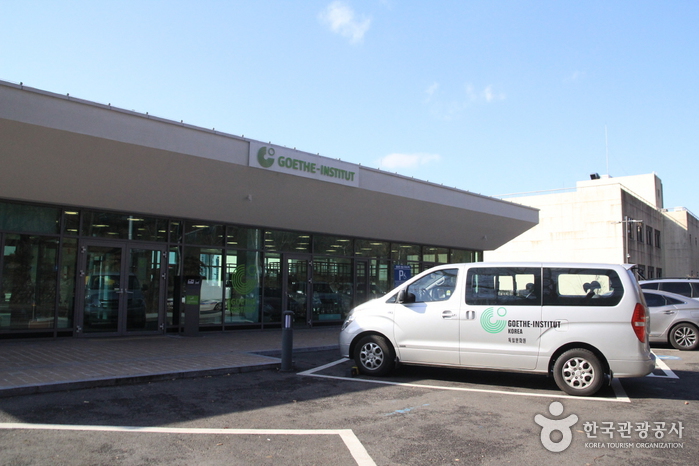
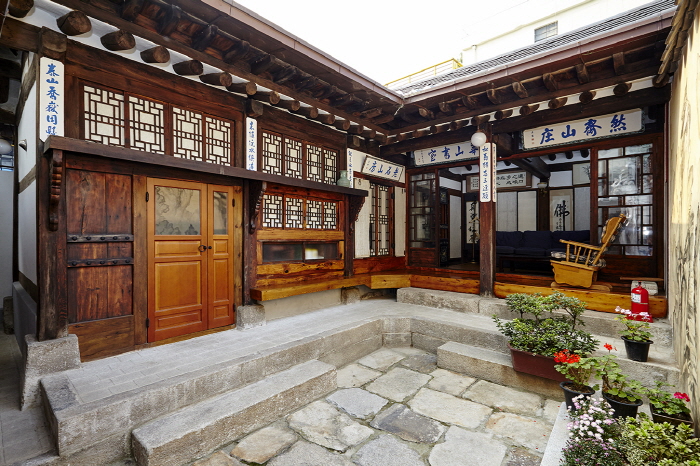
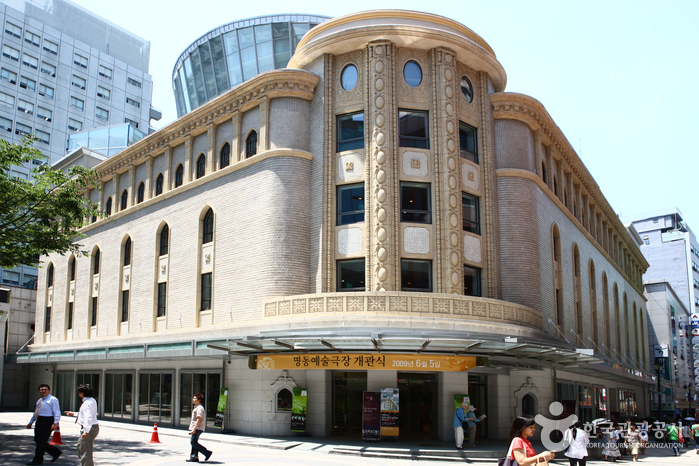


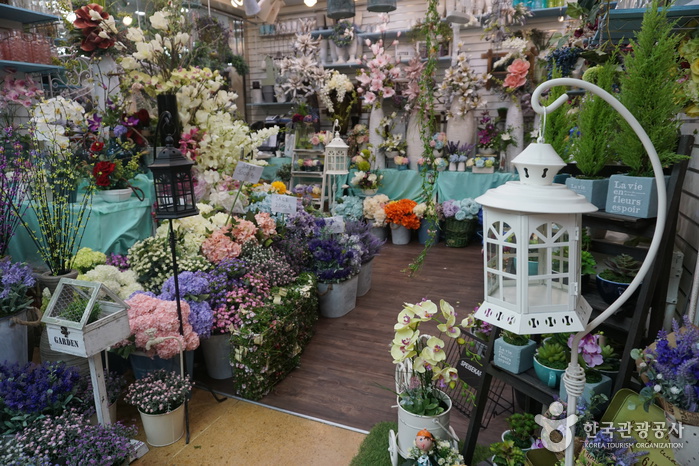
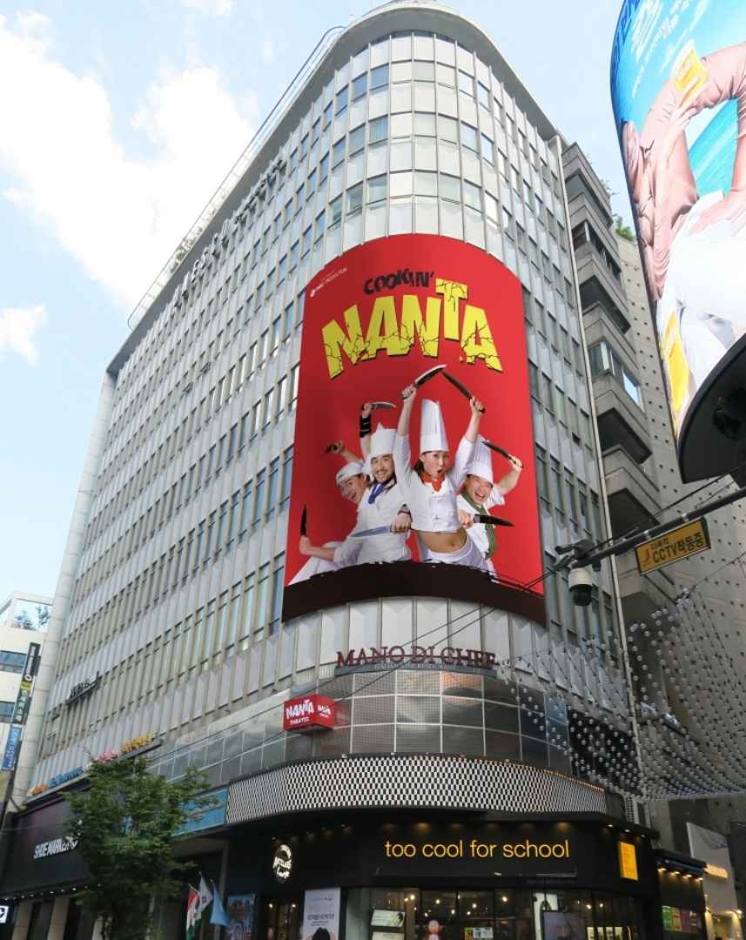
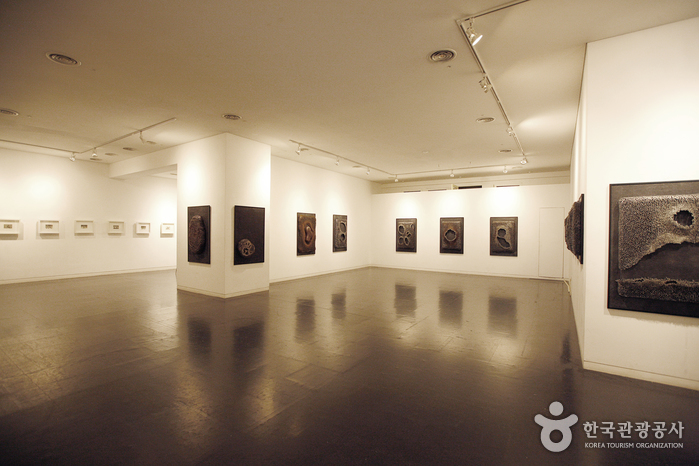
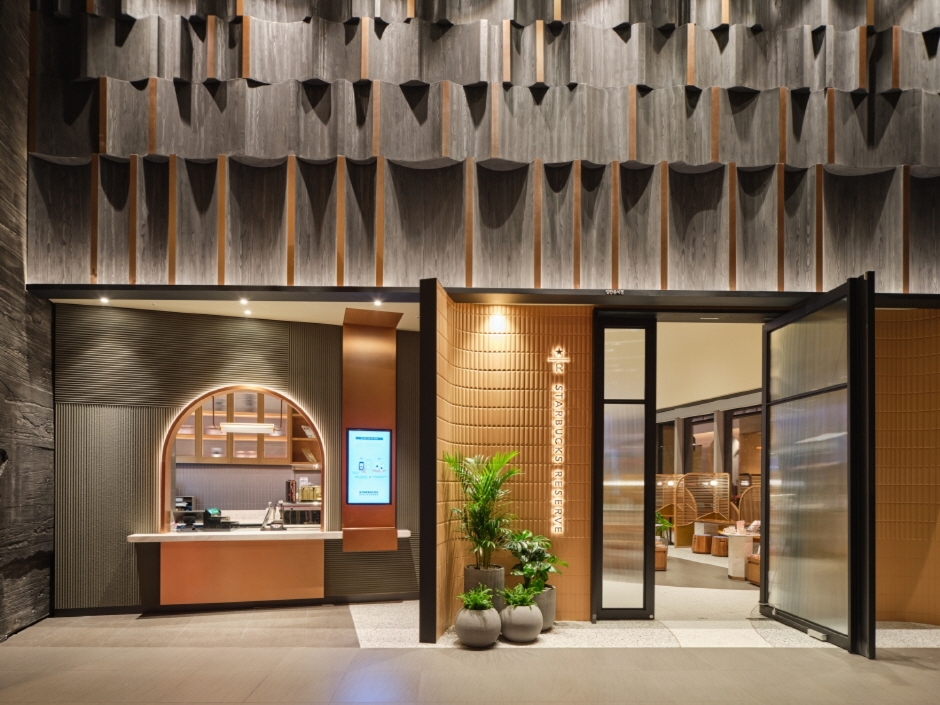
 Español
Español
 한국어
한국어 English
English 日本語
日本語 中文(简体)
中文(简体) Deutsch
Deutsch Français
Français Русский
Русский